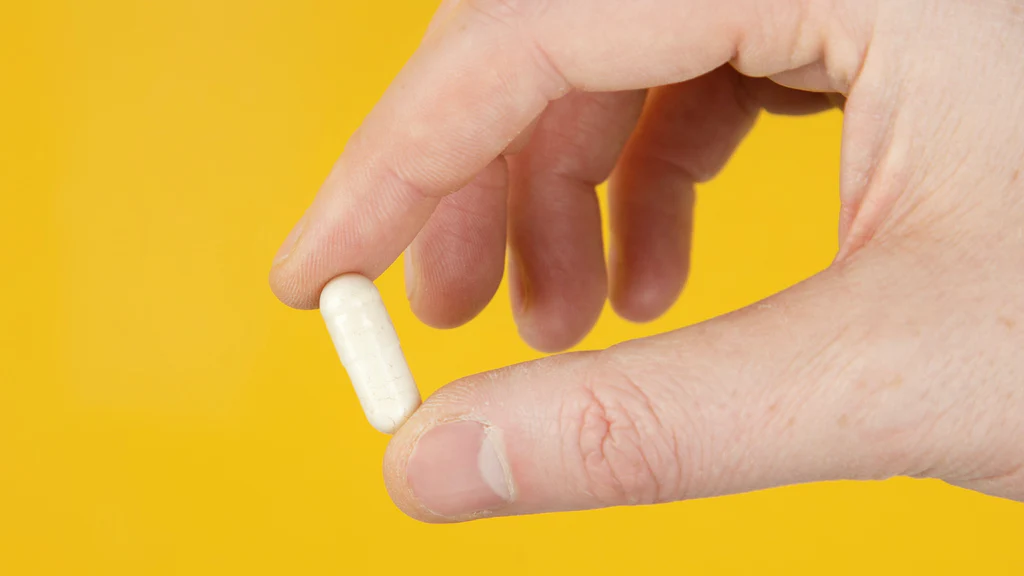Finasteride (commonly known as Propecia) is an FDA-approved medication widely used to treat androgenic alopecia (male pattern baldness). Many users ask, “how do I stop finasteride shedding?” This article explains why shedding occurs, its duration, and offers actionable advice to manage this phase while maximizing hair regrowth.
Table of content
What Is Finasteride and How Does It Work?

Finasteride works by inhibiting 5 alpha-reductase, the enzyme responsible for converting testosterone into dihydrotestosterone (DHT). Lowering DHT levels prevents hair follicle miniaturization and shifts dormant hair follicles into the growth phase (anagen), ultimately reducing hair loss.
Mechanism of Action:
- Reduces DHT production.
- Stimulates hair follicles to move from the telogen (resting) phase to the anagen (growth) phase.
- Proven effective in improving hair count and slowing hair loss progression.
As your leading source for hair health information over the past 4 years, we never compromise on accuracy. When it comes to your health, you deserve information you can truly rely on - and earning your trust is our top priority.
Here's how Scandinavian Biolabs ensures every piece of content meets the highest standards of accuracy and integrity:
- Credentialed Experts: Our reviewers are actively practicing doctors and medical researchers
- Stringent Reviews: Content undergoes rigorous editing by subject specialists and review by a practicing doctor.
- Evidence-Based: We rely on well-established research from trusted scientific sources like peer-reviewed journals and health authorities.
- Full Transparency: Our editorial standards, writer credentials, reviewer credentials, correction process, and funding are all publicly documented.
- Independent Voice: While we do promote products, we operate in a vacuum to business operations. Our main goal is just an unwavering commitment to providing medically-sound guidance.
You can count on Scandinavian Biolabs to consistently deliver the trustworthy health information you deserve. Read our Editorial Standards.
Why does Finasteride cause hair shedding?
Many users notice an initial increase in hair shedding. This shedding is not a sign that the treatment is failing; rather, it is a natural part of the hair regrowth process.
Understanding the Hair Growth Cycle:
- Anagen Phase: Lasts 3–8 years; active growth period.
- Telogen Phase: Lasts 2–3 months; resting phase before hair falls out.
Shedding Explained:
- Finasteride stimulates dormant follicles to shed old hairs, making room for new growth.
- This temporary shedding phase usually begins 3–4 months into treatment and may last 2–4 weeks.
How long does Finasteride shedding last?
Temporary shedding is normal and typically resolves on its own. If shedding persists beyond the expected timeframe, consult your doctor or a trichologist for further advice.
Timeline Overview:
- Start of Shedding: 3–4 months after beginning treatment.
- Duration: Approximately 2–4 weeks.
How do I stop Finasteride shedding?
While it might seem counterintuitive, stopping finasteride is not the solution. Instead, follow these tips to manage shedding while continuing treatment:
Continue Your Treatment:
Discontinuing finasteride stops the benefits and may lead to further hair loss.
Monitor Your Progress:
Take photos periodically to track hair growth improvements.
Combine Treatments:
Use Minoxidil (topical solution or foam) to boost hair regrowth.
Use a hair loss prevention shampoo containing ketoconazole or saw palmetto to complement finasteride’s effects.
Maintain a Healthy Lifestyle:
Consider hair-friendly vitamin supplements like Biotin. Avoid smoking, as it can exacerbate hair loss.
Consult a Specialist:
If shedding continues longer than expected, speak with a trichologist for personalized advice.
Finasteride needs time to work.
Can Finasteride shedding be reduced or stopped?

The short answer is that finasteride shedding is an expected part of the process. Although you cannot completely stop shedding without ceasing the medication—which would negate its benefits—managing it through the above tips can help ease your concerns.
Alternatives to Finasteride That Don’t Cause Shedding
For individuals seeking options with minimal shedding, several natural and medical alternatives can support hair regrowth without disrupting the hair cycle.
While these treatments may not be as potent as finasteride in reducing DHT levels, they can complement a hair care routine effectively.
Drug-Free, Science-Backed Solutions:
- Scandinavian Biolabs Hair Growth Routine – A plant-based, clinically tested 3-step system designed to reduce hair thinning and strengthen follicles. Many users report noticeable improvements in hair vitality within weeks, making it a promising option for those looking for a natural approach.[[hair-growth-routine-for-men]][[hair-growth-routine-for-women]]
- Herbal Remedies – Ingredients like caffeine-based treatments and pumpkin seed oil may help promote circulation and support hair growth.
Medical & Procedural Alternatives:
- Spironolactone – A prescription anti-androgen used primarily for female pattern hair loss.
- Microneedling – Encourages scalp regeneration and stimulates hair follicles.
- PRP (Platelet-Rich Plasma) Therapy – Uses concentrated growth factors from your own blood to support hair regrowth.
- Low-Level Laser Light Therapy – A non-invasive treatment that enhances follicle activity.
- Hair Transplantation – A long-term solution for those seeking permanent hair restoration.
While finasteride remains one of the most effective treatments for male pattern baldness, a holistic approach—including clinically tested, natural formulations like the Scandinavian Biolabs Hair Growth Routine—may help minimize shedding and improve overall hair health without hormonal interference.
Frequently Asked Questions (FAQs)
Does finasteride stop hair loss 100%?
No. Finasteride slows hair loss but does not completely eliminate DHT, meaning some hair loss may still occur.
Does finasteride always cause shedding?
Not always. While many users experience temporary shedding, factors like stress and hair care practices can also contribute.
Does shedding mean finasteride is working?
Yes. Shedding often indicates that older hairs are being replaced by new, stronger ones.
How do I know if finasteride is working?
You should notice less hair loss and improved density around the hairline and crown within 3–6 months of consistent use.
Conclusion
Finasteride is an effective treatment for androgenic alopecia, and initial shedding is a normal, albeit temporary, part of the hair regrowth process. If you’re wondering “how do I stop finasteride shedding?” remember that continuing your prescribed regimen, combining treatments, and maintaining healthy hair practices are key. Always consult a specialist if you have ongoing concerns.
References
- Shapiro J, Kaufman KD (2003) Use of finasteride in the treatment of men with androgenetic alopecia (male pattern hair loss). J Investig Dermatol Symp Proc 8:20–23
- Van Neste D, Fuh V, Sanchez-Pedreno P, et al (2000) Finasteride increases anagen hair in men with androgenetic alopecia. Br J Dermatol 143:804–810
- Iorizzo M, Vincenzi C, Voudouris S, Piraccini BM, Tosti A (2006) Finasteride treatment of female pattern hair loss. Arch Dermatol 142:298–302
- Malkud S (2015) Telogen Effluvium: A Review. J Clin Diagn Res 9:WE01–3




